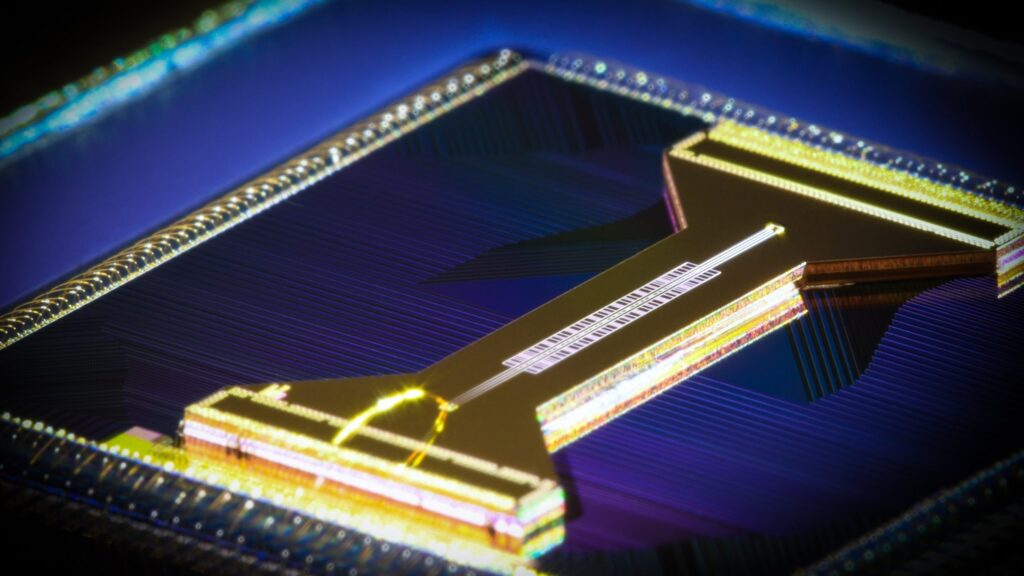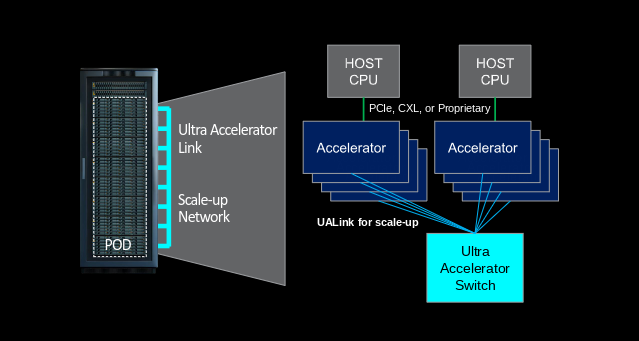Microsoft and Quantinuum announced an advancement in quantum computing that significantly reduces quantum error correction, a significant achievement that addresses one of the major hurdles in quantum computing.
The Breakthrough
Coupling Quantinuum’s ion-trap hardware with Microsoft’s novel qubit-virtualization system led to the successful execution of over 14,000 experiments without a single error.
The breakthrough addresses one of the major hurdles in quantum computing: noisy intermediate-scale quantum (NISQ) computers, which have a high susceptibility to environmental changes leading to errors and their limited number of qubits.
One of the key aspects of Microsoft and Quantinuum’s advancement is the ability to correct errors without destroying the logical qubits, a process known as “active syndrome extraction.”
The development addresses the challenge of errors in quantum computing, which, due to the sensitive nature of quantum systems, can render them almost random and unusable. Traditional NISQ computers are characterized by such challenges, with quantum computers vulnerable to even the slightest environmental changes.
Effectively correcting errors without destroying the logical qubits is a major step toward stable, resilient quantum computing. It also allows quantum systems to perform longer, more complex computations.
The key to the breakthrough lies in the combination of multiple techniques that allowed the team to run thousands of experiments virtually error-free. This involved a meticulous process of preparing and selecting systems that were in optimal condition for successful runs.
Background: Who is Quantiniuum?
Quantinuum is a quantum computing company formed by combining Honeywell Quantum Solutions and Cambridge Quantum Computing (CQC) to develop quantum computing hardware, software, and applications to solve complex computational problems beyond the reach of classical computers.
Quantinuum’s quantum computing technology primarily utilizes trapped-ion technology, known for its high qubit fidelity and coherence times. The technology enables the manipulation of ions (charged atoms) in a controlled environment to perform quantum computations.
The company’s hardware efforts are augmented by its development of software platforms and tools designed to facilitate quantum algorithm development, quantum computing research, and the exploration of quantum applications in various fields such as cryptography, material science, and optimization problems.
Quantiuum is focused on creating a fully integrated quantum computing ecosystem, providing solutions that span from the physical qubits in quantum processors to the high-level algorithms and applications that can leverage quantum computational power.
Analysis
The innovation announced by Microsoft and Quantiuum moves quantum computing out of the NISQ era by significantly improving the reliability and potential of quantum systems. It paves the way for the development of quantum computers with hundreds or even thousands of logical qubits capable of solving problems beyond the reach of classical computers.
This is crucial for several reasons:
- Overcoming the NISQ Era Limitations: Quantum computing has been in the so-called noisy intermediate-scale quantum era, where systems are susceptible to environmental changes that can cause errors, or “noise,” in computations. This advancement marks a transition beyond NISQ by demonstrating the ability to conduct a large number of experiments without errors, significantly enhancing the reliability and feasibility of quantum computing for practical applications.
- Enabling Complex and Longer Computations: The inherent problem with quantum systems has been their propensity to become too noisy before any useful computation can be completed. By effectively correcting errors without destroying the logical qubits, this new system allows for longer and more complex computations, which is essential for realizing the full potential of quantum computing in solving complex problems intractable for classical computers.
- Scaling Quantum Computing: One of the major challenges in quantum computing is scaling the number of qubits (the quantum version of classical bits) while maintaining low error rates. This breakthrough demonstrates a significant reduction in error rates. It shows that increasing the number of physical qubits, alongside sophisticated error correction techniques, can result in more powerful, fault-tolerant quantum computers.
- Practical Applications and Commercial Advantage: With the potential to develop quantum computers with hundreds to thousands of logical qubits, this advancement opens up possibilities for solving previously unsolvable problems in fields such as cryptography, drug discovery, and complex system simulation. It brings quantum computing closer to providing a commercial advantage by enabling new applications that can transform industries.
- Pushing Forward Quantum Research: This advancement sets a new standard in quantum computing by demonstrating the largest gap between physical and logical qubit error rates and improving on using only physical qubits by up to 800 times. It challenges the quantum computing community to replicate these results and implement similar error correction systems, accelerating quantum computing research and development.
The announced breakthrough is a critical step toward the development of stable, scalable, and practical quantum computing. It marks a transition from experimental to more practical phases of quantum computing technology, moving the industry one step closer.




